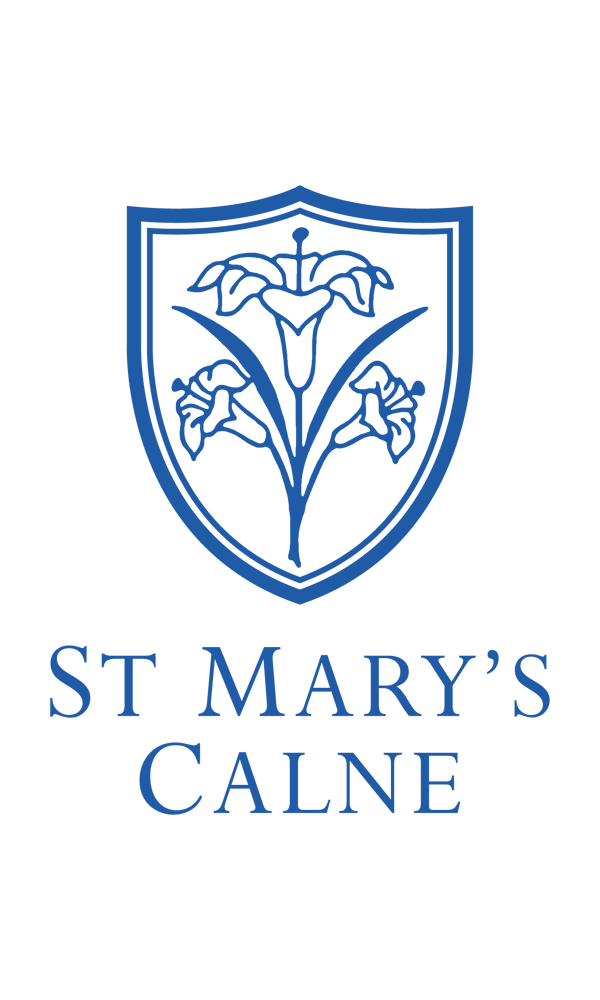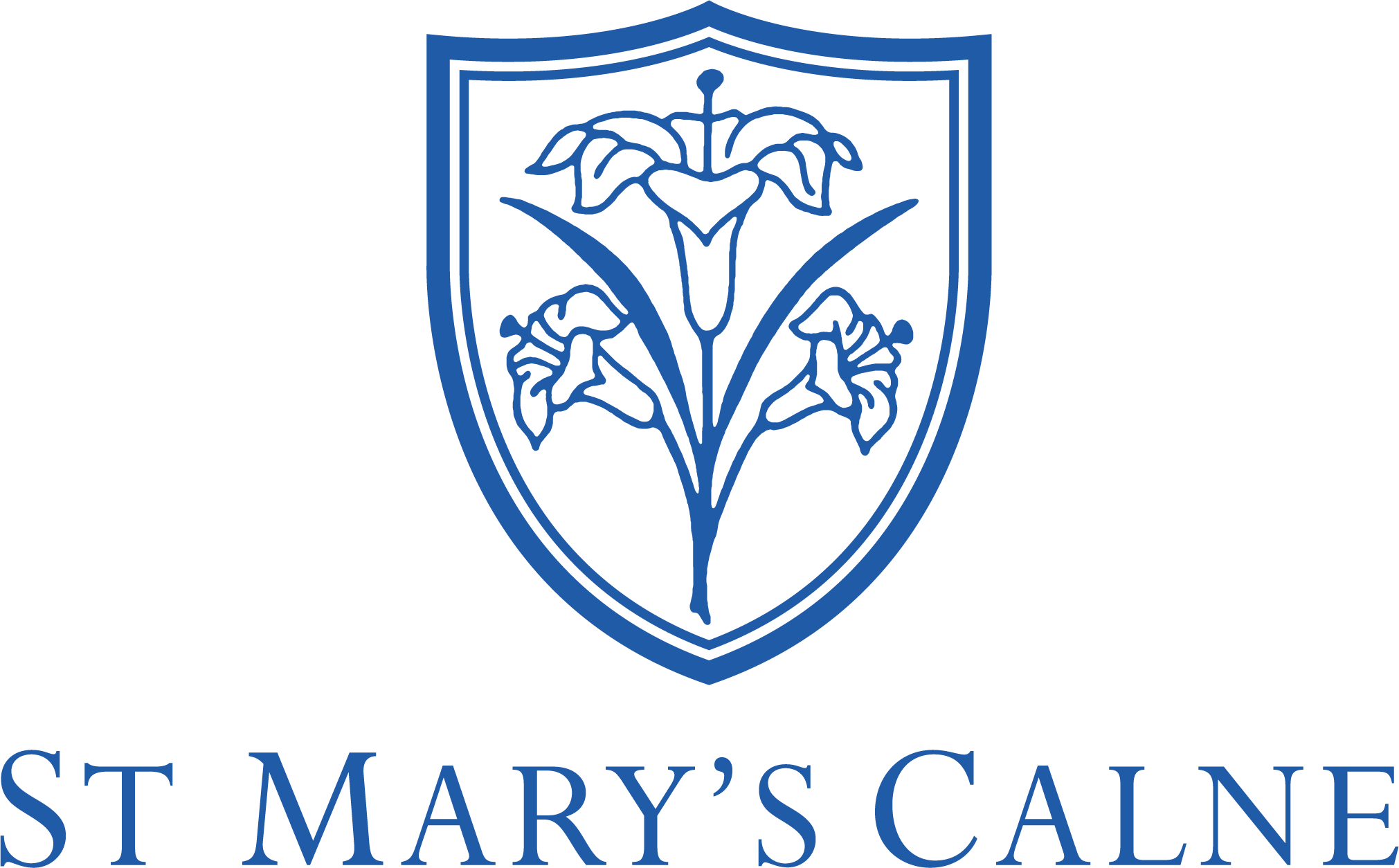 On the evening of Monday 28th November, St Mary's Dissection Club gathered together in the Science Lab for the horse leg dissection.
On the evening of Monday 28th November, St Mary's Dissection Club gathered together in the Science Lab for the horse leg dissection.
As well as being greeted by a huge variety of horse legs, the smell - which we had become slowly immune to having dissected rats, crabs, hearts and squids - hit us. Nevertheless, we soldiered on, anxious to see the insides of these massive creatures. The whole endeavour was lead by Mr Duncan Ballard, a local equine vet.
We started by extracting synovial (joint) fluid from the knee, sucking up yellow fluid into our syringes. The whole procedure got more exciting as we then injected saline into the knee. We pulled out the scalpels and cut deep into the side of the leg, revealing the different ligaments that lay underneath. Veins, arteries and nerves also unveiled themselves and we were able to see the difference in thickness of the lumens and walls, something we had just learnt about the week before. Having opened up the leg, we then had to close it again. This meant sutures and staplers, something the Grey's Anatomy fans amongst us were very familiar with. We slowly went about stitching up the cuts we had boldly made. As we pulled the final threads, everyone stepped back and looked at the table where there were needles, syringes, threads, scalpels and the legs which we had dissected. As we began the cleanup, we reflected on what we had just undertaken.
'It was a really surreal experience as it was the most advanced and intricate animal we had ever dissected' - Gaby, LIV Biologist.
'I really enjoyed learning how to do the stitches, it gave the dissection a more professional feel!' - Izzy, LIV Biologist and Chemist.
'As a keen rider, it was amazing to understand the anatomy of the horse and how the ligaments all function together to create motion.' - Charlotte, LIV Biologist and Chemist.
This horse leg dissection not only furthered our dissection knowledge and experience, but also gave us the tinniest insight into what it's like to work on an operating table or perform our own horse leg post mortem. We all left the lab having caught some of Mr Ballard's passion and gossiped endlessly, fighting over the supremacy of our dissections, comparing sutures and the number of ligaments we had unveiled. However, there were several things we could all agree on, this had been the been the highlight of our dissection practicals this term and that going back to frogs next week would be far less exciting. We cannot thank Mr Ballard enough for coming in to lead us in this dissection, we were so lucky so be able to learn from his vast experience and look forward to another opportunity like this one in the future.
Clara (LVI)

